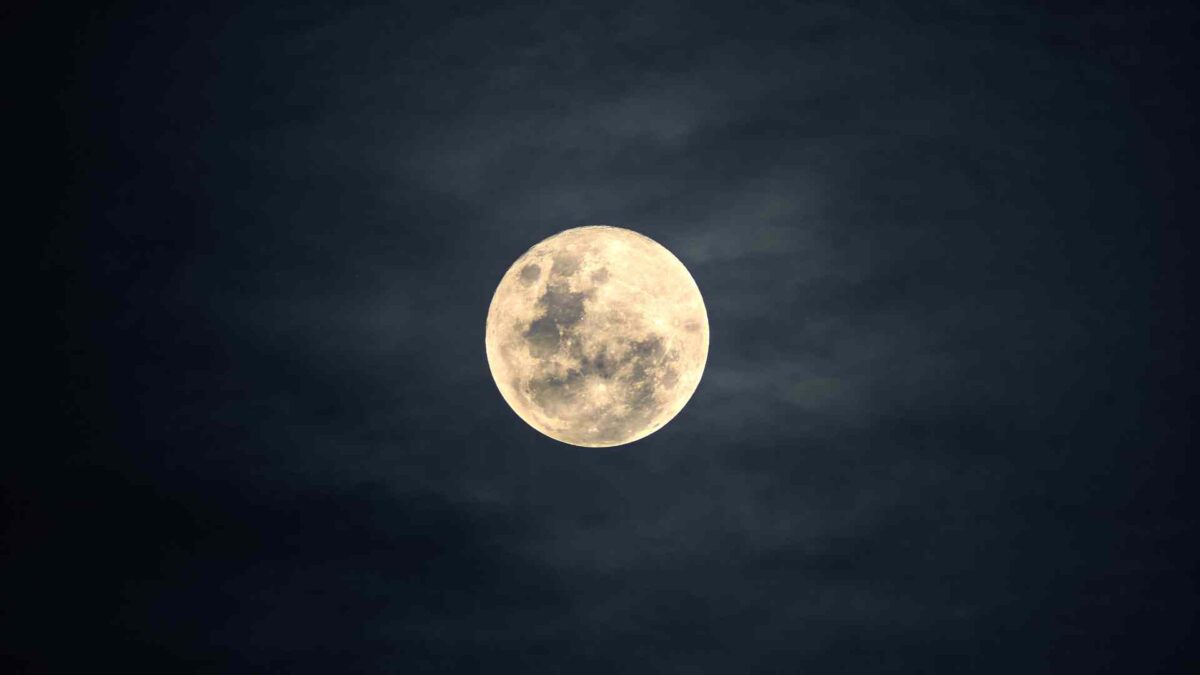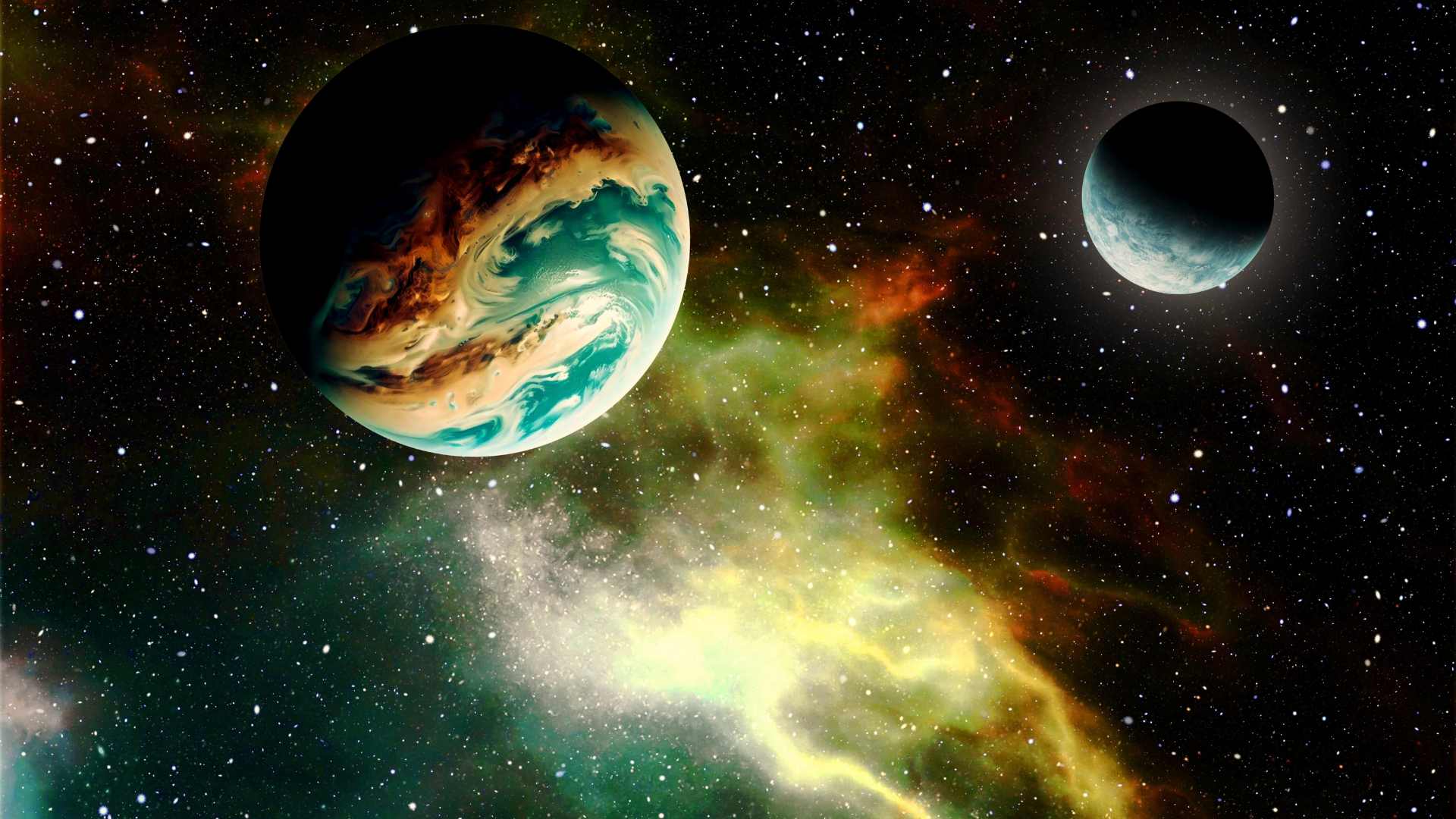
Sturgeon Moon Rises Over Ireland This Weekend

Ireland’s skies are set to shine with the light of the full moon this weekend, with the lunar event peaking at 8.55am tomorrow, Saturday. 9. Known as the Sturgeon Moon, it will appear full to observers on both Friday and Saturday nights.
At the time it reaches its full phase, the moon will be about 364,000 kilometres from Earth. This is slightly closer than its average distance of 384,400 kilometres, but not close enough to be classed as a supermoon.
Why It Is Called the Sturgeon Moon
The name Sturgeon Moon comes from Native American and early European settler traditions. It marked the season when sturgeon fish were most easily caught in North American lakes and rivers. The term has been popularised in modern times by publications such as the Old Farmer’s Almanac.
Across the world, the August full moon has carried other names. In parts of Europe it was known as the Grain Moon, linked to the grain harvest. Some Indigenous American groups called it the Green Corn Moon, reflecting the ripening of early crops.
Irish Traditions Linked to the August Moon
In Ireland, the August full moon often coincides with Lughnasadh, a traditional festival marking the start of the harvest season. Although ancient Irish calendars did not name individual full moons, this time of year held strong cultural importance. Communities marked the beginning of the harvest with fairs, games and feasts celebrating the first fruits of the land.
When and Where to See It
While the moon reaches its fullest point at 8.55am on Saturday, it will not be visible from Ireland at that time as it will be below the horizon. The best views will be on Friday and Saturday nights, when the moon rises in the southeast shortly after sunset.
To get the clearest view, look for a location with an open horizon and hope for cloud-free skies. Current forecasts suggest good clear spells across most of Ireland on both nights. When low in the sky, the moon may appear larger than usual due to a natural optical illusion that occurs near the horizon.
Share this WeathÉire story:







